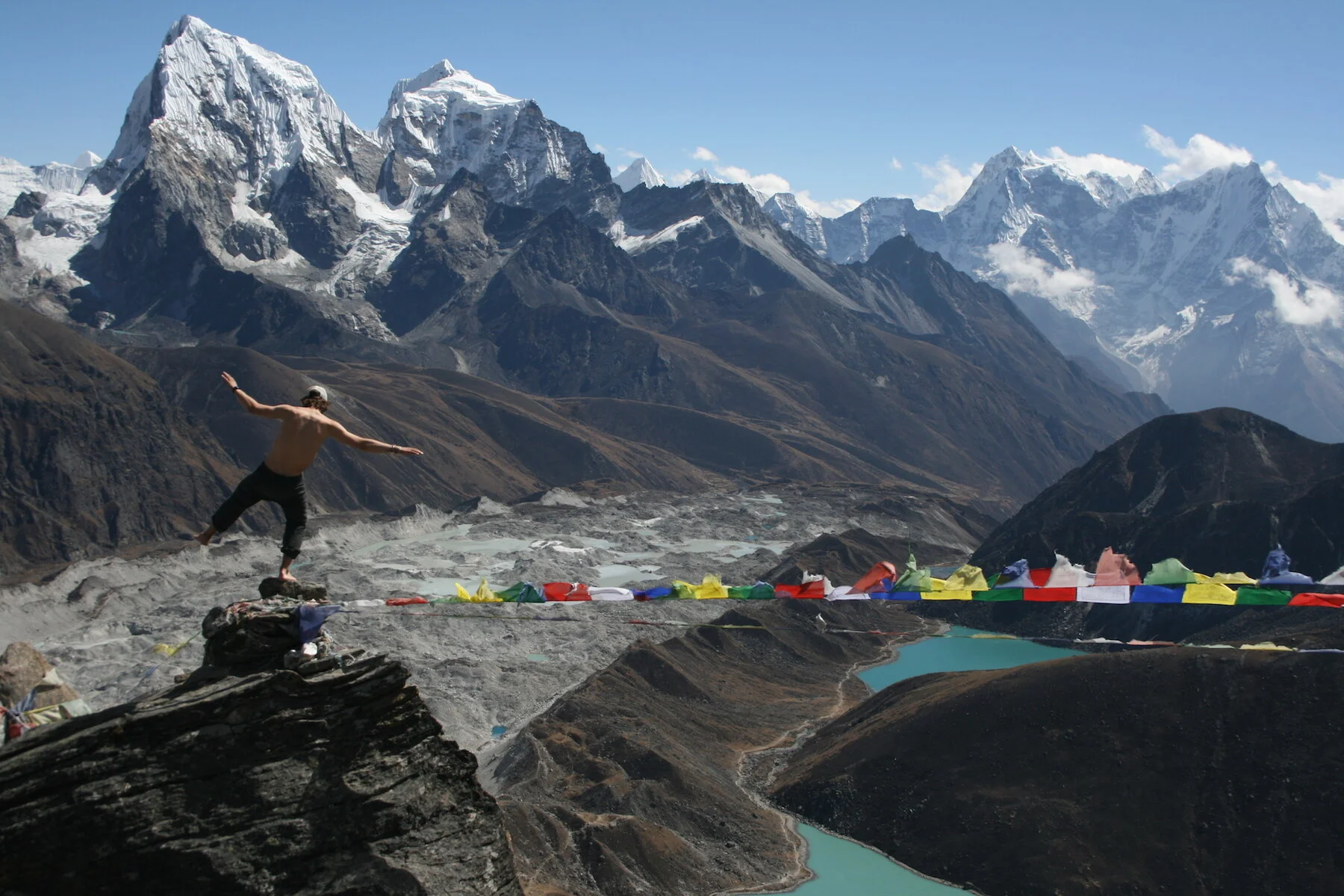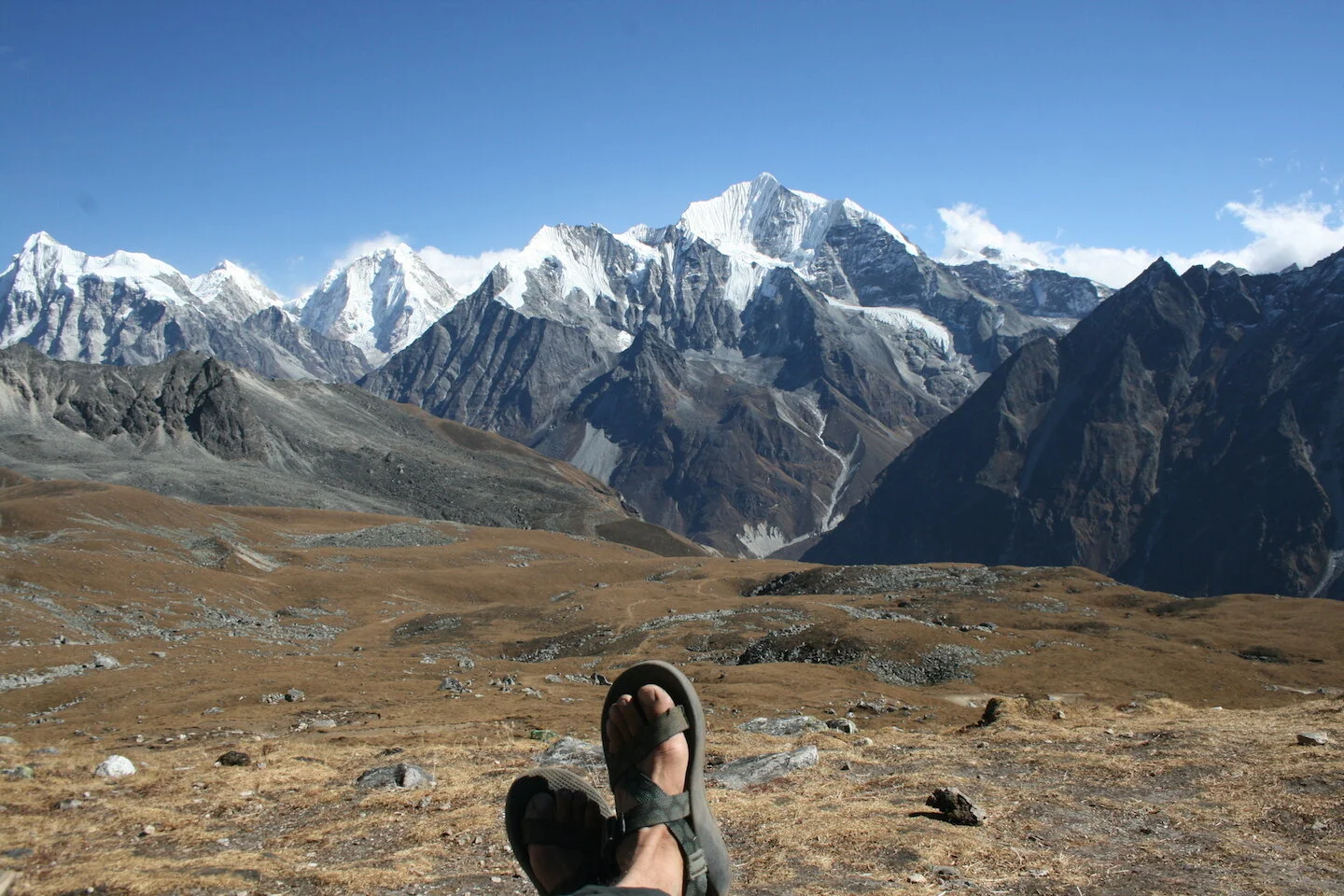Everything you Need to Know about Diving on Malapascua Island
Most people come to Malapascua to dive, and for good reason. This tiny pile of sand is located on the very northern tip of the much larger Cebu Island in The Philippines, home to Cebu City and a bustling international airport. And the diving here is spectacular. This is one of the best places in the world to see thresher sharks - gentle creatures with unusually elegant tails - plus a whole lot of other cool sea critters. Here’s everything you need to know about diving on the island, especially (but not only), if you’re on a budget.
Why Malapascua?
First off: honestly, as self-described mountain people, we would skip this island all together if you don't want to try your hand at scuba. Or maybe free diving, if you’re particularly bad ass.
Sure, we met plenty of beachy people that didn't mind hanging around, but that's about all there is to do - hang around. And beside one abandoned resort at the north of the island with an equally abandoned beach, the sand isn't even that great.
As it is, the diving is pretty sick. The area is most well-known for great chances of seeing thresher sharks - beautiful and lithe creatures that happened to be the first sharks we'd ever seen underwater. There’s also some good coral, lots of macro, and interesting reef sharks at other sites nearby. It’s world class, and really quite affordable. Part of that is because the island is relatively easy to get to from the international airport at Cebu (we found this post helpful in getting there).
That being said, diving is a big commitment when you're on a budget. The cheapest dives we found in the Philippines hovered around 800 pesos. Unfortunately, we couldn't find anything that cheap on Malapascua.
Dive Sites
The most common dive site is Moab Shoal. This is where you see the thresher sharks at one of the areas they frequent daily to clean themselves. It’s about a 30 minute boat ride off shore and requires a 4:00AM wake up call. Other than the sharks, there’s not much else to see. The sharks hang out between 25 and 35 meters deep, so it takes a long time to get back up and the dive is usually quite short. No need for nitrox unless you’re so inclined.
Gato Island is the second most popular site. This too takes about 20 minutes by boat to reach. It features a coral tunnel and the chance to see white-tipped reef sharks sleeping in the shadows.
There are more sites depending on your skill level. Do take note: it’s very unlikely that you’ll see a manta ray. Although they used to hang around, the fisherman have caught most of them, sadly enough.
Dive Shops
The cheapest shops we found on the island were simple, Filipino operations. We checked out Dan's Dive and Sea Slugs, and ended up going with the latter because of good prices and the kind owner, Reno. Although they were PADI certified, you definitely don't get the bells and whistles of some other shops and resorts on the islands.
You won't get your own dive computer in the gear rental, and some of the equipment at Sea Slugs was just not working as well it should. We’ve heard similar stories about Dan’s. It seemed safe, but not cushy. Plus, although the guys are knowledgable, they’re a bit flippant in terms of technicalities. We’d recommend going to check it out for yourself: it’s all about your perception, level, and assessment.
If you want to go a level up, there are tons of options. We heard good things about Little Mermaid, but simply walk around Bounty Beach to compare prices of the mid range options. Evolution seems to be the best of the best.
Prices
The best deal we found for fun dives was 1,200 pesos. Not all peaches and cream, though: the entrepreneurs of Malapascua love to charge extra fees. Sea Slugs added on a daily marine fee of 150-200 pesos, plus a torch rental (if necessary) for 200, while Dan's charged an additional surcharge for dive sites located farther out.
Difficulty
The most important thing to know before coming to Malapascua to dive is that the best stuff is not for beginners!! It’s really not all that hard, but can get messy for newbies with a web of safety and protocol issues. We came in with PADI Open Water certs and still had a ton of trouble trying to work around our knowledge level.
The biggest problem is the depth of the Thresher dive. The sharks hang out around the island anywhere between 25 and 35 meters deep. Standard Open Water divers are only certified to about 18 meters.
Workarounds for beginners
There are three options, really, if you come to the island without your Advanced Open Water.
One, you can earn your Advanced Open Water on the island, which isn't a bad idea at all. There are some great, worthwhile sites to learn at (unlike our time in Koh Tao, Thailand where the only real draw was the cheap price tag). At Dan's it was 14,000 pesos, Sea Slug's 15,000, and Little Mermaid 16,500. We were wishy washy about dropping the money, but are ambivalent over whether we should have gone for it.
The second, most popular, option is to do a Deep Dive Adventure with one of the shops. This is technically an official PADI course and will count later on as one of the dives for an Advanced Course if you decide to proceed forward. The best price we found was 2,800 pesos while one shop quoted us 4,000 for the single dive!!!
We ended up going with the maybe-irresponsible decision of simply opting for ‘fun dive.’ We're not sure how PADI feels about it (and we're not sure how we feel about PADI), but our dive company agreed to take us down with one dive master each knowing that we’d never dove that deep. Basically, they agreed to walk us through the deeper dive without an extra charge for an official certification of completion. However, unlike the Deep Adventure Dive, we didn't have to work on specific skills while we were down there and simply followed their lead.
Our Experience
In the end, we saw a ton of sharks, but the Moab Shoal dive didn't necessarily increase our overall confidence. We were very much led around and didn't have much idea what was going on. There were tons of people there to help whenever we had any trouble.
It isn’t a traditional dive, but one where you jump in, dive down, and kneel on the floor. You then wait for the sharks to arrive out of the deep blue, and watch them for as long as your air allows.
Diving with the thresher sharks is only the tip of the tropical iceberg. Other dives on the island range from easy dives right off the shore of Malapascua to very difficult wreck dives. Stef ended up going out to Gato Island (again, technically an Advanced dive, but not as deep as Moab Shoal). It was one of his favorite experiences of the entire trip.
What was your experience diving in The Philippines? Let us know!





